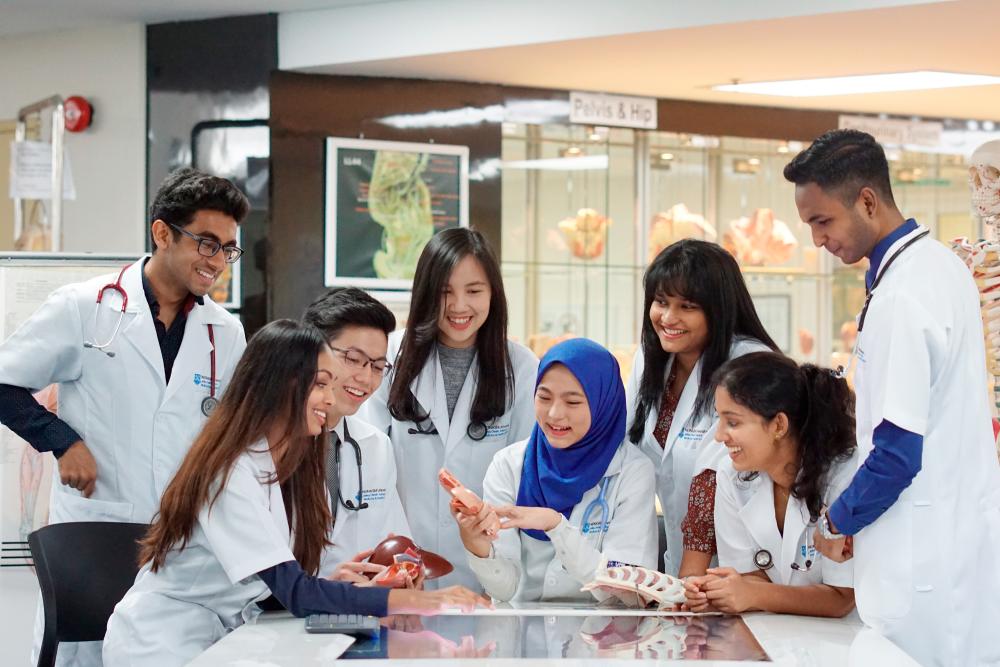As thousands of students graduate as doctors each year, the field of medicine has become increasingly competitive. Hence, the need for medical graduates who have that “something extra” to give them that competitive edge.
This is where Monash University Malaysia comes in, offering its Bachelor of Medical Science (Honours) programme, BMedSc(Hons), a one-year, full-time course. It is delivered at the Jeffrey Cheah School of Medicine and Health Sciences of Monash Unviersity and is a research intensive honours programme. It was initially solely for Monash University medical grads, now open to medical graduates from all medical schools.
Why research intensive? Because of the continuous advancements in medicine today where clinicians and medical students need to conduct research which they often find challenging, and the programme supports, in their favour.
“The field of medicine is a broad spectrum. MBBS graduates doing this programme get in-depth understanding of biomedical sciences, sharpen their thinking skills, and learn to design frameworks,” said BMedSc(Hons) programme senior lecturer and academic coordinator at the Jeffrey Cheah School of Medicine and Health Sciences, Monash University Malaysia r Kyi Kyi Tha.
“For students who wish to branch out into an area of specialisation, this experience of an honours research degree programme will be beneficial,” she added.
Students get to enjoy modern, state-of-the-art facilities like the Brain Research Institute Monash Sunway (BRIMS), a reputable neuroscience research centre led by one of the world's leading comparative neuroscientists, Professor Ishwar Parhar.
The South East Asia Community Observatory (SEACO) is another research platform for those keen on population health and well-being. They also get to participate in various education research projects including digital technology and 3D visuals of the human anatomy at the Medical Anatomy and Pathology E-Learning Laboratory (MAPEL), and conduct clinical research at several health institutions such as Hospital Sultanah Aminah, Poliklinik Mahmoodiah, Hospital Sultan Ismail, Hospital Segamat, Pejabat Kesihatan Daerah Segamat and the National Heart Institute (IJN).
The benefits of research? “It helps develop the student’s knowledge in research methodology and analysis, and derive key information from a plethora of data that is out there,” said Dr Kyi. She also informs that the work of past students have been published in peer-reviewed journals, used in conference presentations, as well as poster presentations at research week symposiums.
“One of the main strengths of this programme is that students are supervised closely by their supervisors and supported by the school with a series of workshops on research methodology, applied statistics, and database search. With leading researchers and academics in their respective areas, students receive expert mentoring which benefits them immensely,” she adds.
Some of the stellar works produced by previous students include studies on the impact and outcomes of after hours Intensive Care Unit discharges, the development of interactive 3D pathology repository, and the targeted knockdown of cation transporters in breast cancer patients, a retrospective review on atrial fibrillation after coronary artery bypass grafting and predictors of re-emerging tuberculosis.
For more information, visit www.med.monash.edu.my













